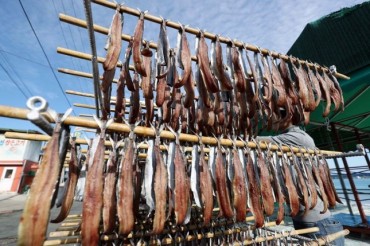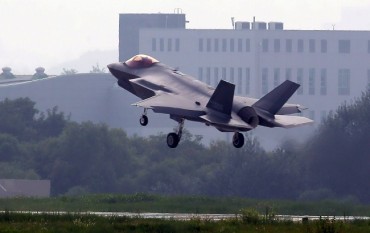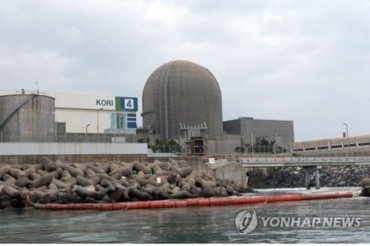
This photo, released by North Korea’s Korean Central News Agency on Oct. 10, 2022, shows a missile launched from an underwater platform in the North. (Image courtesy of Yonhap)
WASHINGTON, Oct. 12 (Korea Bizwire) — North Korea is “on pace” to deploy sufficient nuclear-tipped intercontinental ballistic missiles (ICBMs) to overcome the U.S. missile defense and may be preparing for a nuclear test to enable tactical nuclear operations, a congressional report showed Thursday.
The Congressional Commission on the Strategic Posture of the United States issued the final report. It was launched by the National Defense Authorization Act for fiscal year 2022 to examine America’s long-term strategic posture.
The report gave a detailed assessment of various security challenges from China, Russia, North Korea and Iran, among other threats, in the 2027-2035 time frame.
“North Korea continues to expand and diversify its nuclear forces, increasing the threat to U.S. allies and forces in theater and posing a greater threat to the United States and its allies,” the report read.
“North Korea is on pace to deploy nuclear-armed intercontinental range missiles in sufficient numbers that could potentially challenge U.S. homeland ground-based ballistic missile defenses,” it added.
The commission predicted that for the foreseeable future, North Korean leader Kim Jong-un will remain committed to expanding his country’s nuclear arsenal and maintaining nuclear weapons as a “centerpiece of his national security structure.”
It also raised the possibility of the North conducting yet another nuclear test.
“It is probably preparing to test a nuclear device to facilitate tactical nuclear operations,” the report said. “It may maintain a stockpile of a few dozen nuclear warheads.”
Seoul officials have said that the recalcitrant regime has already completed preparations for what would be a seventh nuclear test as it has been doubling down on a drive to deploy tactical nuclear weapons.
Tactical nuclear arms refer to battlefield weapons with relatively lower yields, compared with relatively higher yield “strategic” weapons usually carried by longer-range delivery vehicles, such as ICBMs, submarine-launched ballistic missiles and long-range bombers.
The report said North Korea’s national security strategy has two main objectives: ensuring the Kim regime’s long-term security and retaining the capability to exercise dominant influence over the Korean Peninsula.
“Since the mid-2000s, the North’s strategy to achieve these goals has been to prioritize the development of nuclear weapons and ballistic missiles to deliver nuclear weapons to increasingly distant ranges while maintaining a conventional military capable of inflicting enormous damage on South Korea,” it said.
The report described the North’s chemical and biological weapons programs as being of “great concern,” while noting that its cyber forces are “fully” capable of achieving a range of strategic objectives against diverse targets, including those in the U.S.
“North Korea’s cyber program poses a sophisticated and agile espionage, cybercrime, and attack capability. North Korea views its offensive cyber capabilities as a cost-effective and deniable tool that it can employ with little risk of reprisal,” the report said.
It cited reports that North Korean hackers stole $1.7 billion in 2022 alone.
On the challenges from China and Russia in the 2027-2035 period, the committee warned that the U.S. will face two major nuclear-armed “adversaries.”
“Their projected capabilities magnify how complex this competition could become, and combine to pose an existential threat to the United States and its Allies and partners,” it said.
(Yonhap)






